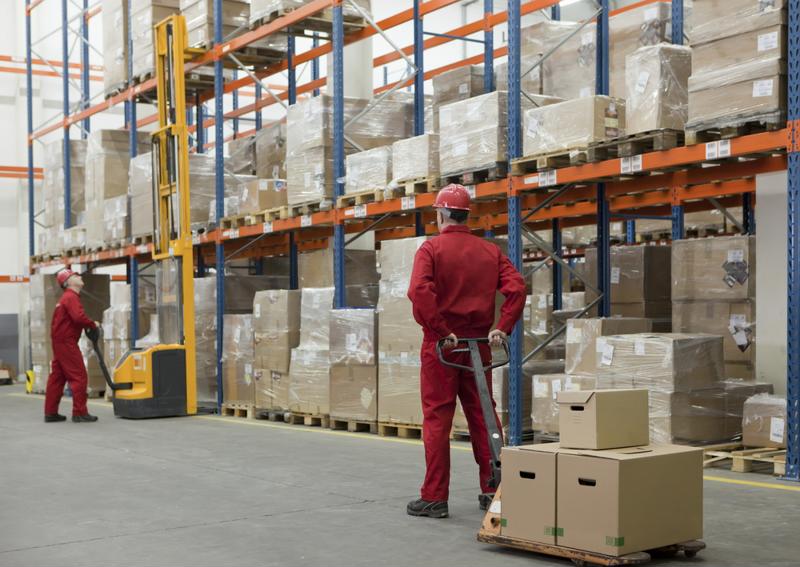The phrase “survival of the fittest” originated from Charles Darwin’s evolutionary theory which highlights the concept that adaptation will lead to eventual long-term survival and success. This theory holds value more so than ever as over the span of just a few weeks the entire global economy has been interrupted by the COVID-19 pandemic. Many organization went from record breaking revenue volumes to a seismic downturn once COVID-19 wreaked havoc across the globe.
This article will help highlight how entire industries have been practicing Charles Darwin’s theory as organizations have adapted and evolved from their standard offerings in order to survive and thrive during these challenging times.
From Vodka to Hand Sanitizer
When distilleries across America were forced to shut their doors indefinitely as a result of the COVID-19 pandemic, a shortage arose within a completely different marketplace that needed to be resolved. As citizens began purchasing PPE and other vital supplies to keep themselves safe while sheltering in place, hand sanitizer quickly became a hot commodity. Many distilleries identified this need and immediately pivoted their operation to answer the call for their local communities. Across the nation in just a matter of days distilleries halted their production of grain alcohol and began producing hand sanitizer from 55 gallon drums to pints, liters and any other kind of containers they could get their hands on. Many distilleries also provided high quality products by utilizing the exact ingredients, standards and guidelines required by WHO (World Health Organization) to establish complete transparency and trust with consumers.
From Trade Shows to Field Hospitals
Many event planning organizations that design and build custom structures for trade shows found themselves without a market to service indefinitely due social distancing in place. In addition, facilities such as Convention Centers these organizations often utilized were being transformed into temporary field hospitals in order to support the surge of patients forecasted for COVID-19. These event planning agencies identified an immediate need to help support the development and construction of these temporary hospitals. As a result, they pivoted their services to provide labor, walls, tables, tents and other miscellaneous furniture and structural needs to help build a fully operational hospital. This rapid response from event agencies large inventory of product offerings played a crucial part in providing their communities with an immediate need for creating temporary structures overnight.
From Clothing to Facemasks
Clothing retailers across the country were forced to close their doors indefinitely in response to mandated social distancing orders. As a result, many clothing manufacturers were left with an excess of raw materials and a lack of shelving space to sell their goods. As citizens began taking their own measures of protecting themselves from the virus, one PPE product that became a hot commodity were facemasks. Clothing manufacturers immediately identified this need and began pivoting their operations to meet this demand overnight. Raw materials immediately transitioned to facemask production and any overstocked inventory was taken off the shelves and altered to help meet the need of bulk orders. Retailers also shifted their operation to drive facemask sales through online ordering and shipping in order to continue practicing social distancing while still providing an essential service for the community.
While each of these industries noted above are very different in terms of product offerings, one thing that remains constant is the ability to identify and pivot their operations to survive. Identifying and satisfying a new market need enabled these organizations to keep their revenue stream flowing during times of economic uncertainty in order to stay afloat. The global economy is still facing much uncertainty in the coming months, but one concept that will remain true is the fact that only the strongest organizations will survive.

























